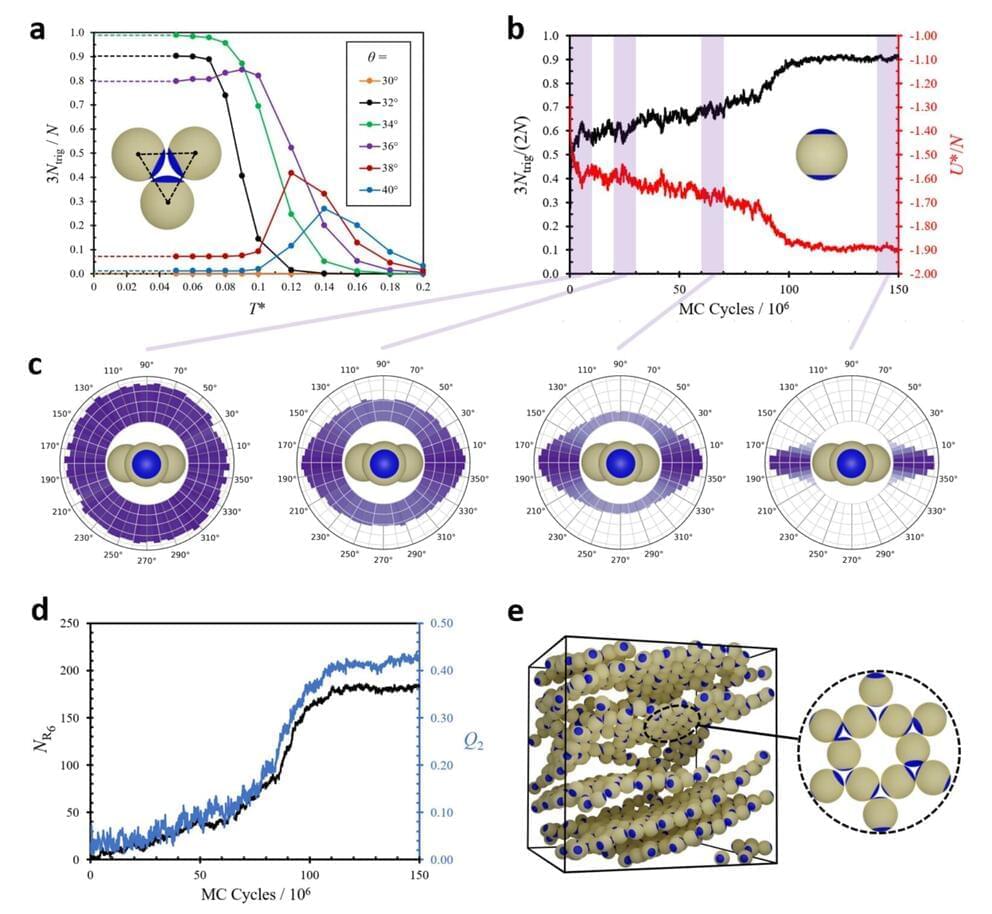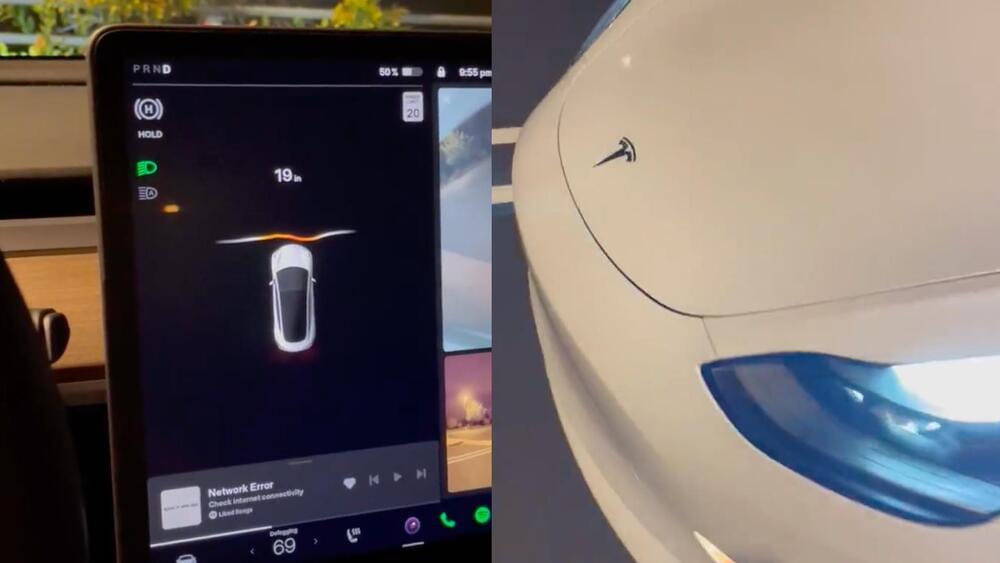10 SpaceX Starships are carrying 120 robots to Mars. They are the first to colonize the Red Planet. Building robot habitats to protect themselves, and then landing pads, structures, and the life support systems for the humans who will soon arrive.
This Mars colonization mini documentary also covers they type of robots that will be building on Mars, the solar fields, how Elon Musk and Tesla could have a battery bank station at the Mars colony, and how the Martian colony expands during the 2 years when the robots are building. Known as the Robotic Age of Mars.
Additional footage from: SpaceX, NASA/JPL/University of Arizona, ICON, HASSEL, Tesla, Lockhead Martin.
A building on Mars sci-fi documentary, and a timelapse look into the future.
See more of Venture City at my website: https://vx-c.com.
_______
Books.
• The Martian book showcases the science, math, and physics of living on the red planet — told through the story of someone who has to survive there.







